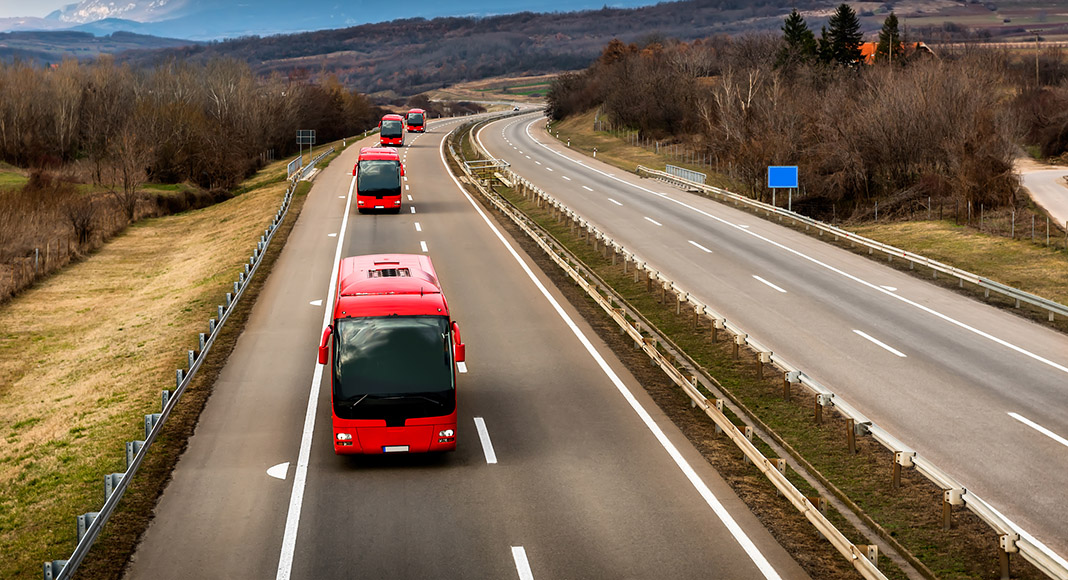Most buses and light duty fleet vehicles can switch to EVs in leading markets by 2030, according to a new global report released by international non-profit the Climate Group.
The analysis, which was carried out in partnership with global sustainability consultancy SYSTEMIQ, set out to understand the impact of businesses and governments accelerating the electrification of their fleet vehicles. Calculations show that buses and light duty vehicle fleets make up a fifth (21 percent) of vehicles on the road yet contribute to a quarter (26 percent) of road transport emissions.
At present, the majority of EVs driven today are privately owned passenger vehicles, while just 11 percent are part of fleets.
“Businesses, governments and public sector organisations have about half a billion light duty vehicles in their fleets around the world. By switching these vehicles to electric, these organisations can use their purchasing power to drive us to a better future,” said Helen Clarkson, CEO, Climate Group.
“Not only can fleets electrify faster, but crucially it would help to bring about a wider shift to clean road transport by supercharging demand, boosting infrastructure and growing the used EV market, making them more readily available and affordable for consumers. As we head towards COP26, we need the right commitments, policy support and investment to make faster fleet electrification a reality.”
According to the Climate Group, accelerating the electrification of fleets could cumulatively avoid over 3 billion tonnes of carbon dioxide (3.1 GT CO2e) by 2030, when compared to the BloombergNEF Electric Vehicle Outlook 2020.



















